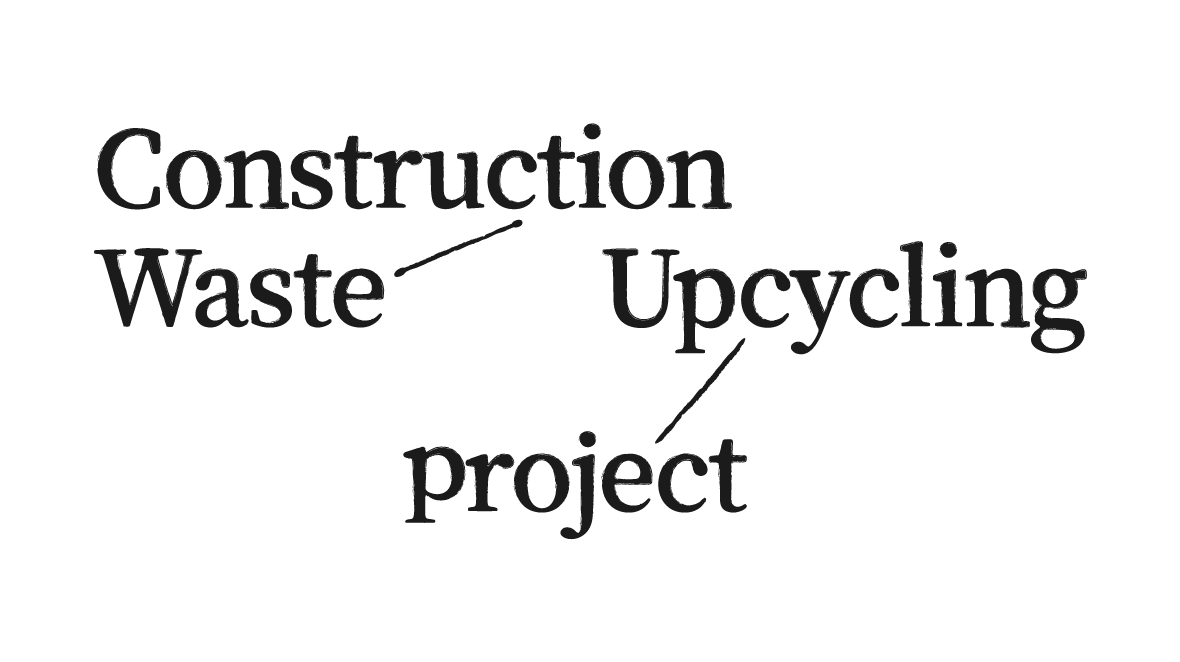Policy-driven industry transformation: the construction industry’s inevitable integration with material flow
To achieve its 2050 net-zero target, the Taiwanese government has mandated that the recycling rate for construction waste must increase to 60% by 2025, and reach 75% by 2030. Alongside the carbon fee system taking effect in 2025, the cost of processing each metric ton of waste is expected to rise by NT$300–500. This will significantly reshape waste management strategies across the construction industry.
Even so, some companies remain hesitant to take action. Farglory Land, however, is proactively implementing a material flow management system, which is a tool originating in the chemical engineering field. The system allows for complete tracking of building materials across their entire life cycle—from input to use and disposal. It enables companies to pinpoint exactly when and where waste is generated, laying the groundwork for a circular economy.
First step of realizing systematic management: building a material flow database Designed for the Construction Industry
Using Farglory Land as an example, a three-year plan was created to establish a material flow database as the foundation for introducing material flow.




“The value of such a system lies in transforming abstract sustainability goals into actionable, data-driven indicators.”
This forward-looking plan has now become the most critical part of Farglory Land’s green initiatives.
Interdisciplinary collaboration Is key to realizing circular material flow
In practice, effective material flow management requires close collaboration between design and construction teams. About 80% of the circularity potential of building materials is determined by architects during the design stage, while the construction team’s subsequent tracking directly impacts the actual efficiency of waste recycling.
The main challenges currently facing the construction industry include insufficient transparency of information from waste treatment facilities and the immaturity of the recycled building material market. At this stage, it is necessary to identify demolition contractors, environmental service providers, and soil treatment facilities in each region that share the same vision, and to form regional green supply chain alliances. This not only reduces carbon emissions from transportation but is also an effective way to improve waste recycling rates in the future.
The future of material flow: green diplomacy from Taiwan to the world
Farglory Land has already established a prototype of its Construction Site Material Flow Database, with data refinement still in progress. Once the material flow system is fully developed, it will be possible to link various materials to both domestic and international carbon emission factor databases and green recycling supply chains. Companies can then identify carbon emission hotspots in advance, develop more precise sustainability strategies, and reduce costs at the same time.
According to data from the Netherlands’ Programme for a Circular Economy1, systematic material flow management can bring significant benefits to resource-scarce countries and help them develop a circular economy. For example, the circular economy has helped the Netherlands reduce raw material consumption by 100,000 metric tons, generating an additional €7.3 billion in economic output. This serves as an important reference for Taiwan, which, like the Netherlands, is an island economy with limited natural resources.
If Taiwan can establish a robust material flow management system, it can become a model for other resource-scarce island nations in developing circular economies. Such a system would not only help Southeast Asian countries address carbon regulation challenges but also serve as a key technology export project, strengthening international collaboration and advancing green diplomacy. As global carbon regulations become increasingly stringent, material flow management systems will form the foundation for enhancing the construction industry’s competitiveness.
- The Dutch government first introduced the Programme for a Circular Economy in 2016, aiming to reduce raw material use by 30% and waste by 50% by 2030, with the long-term national goal of achieving a 100% zero-waste circular economy by 2050. Source:https://homeruntaiwan.com/detail/article/252



